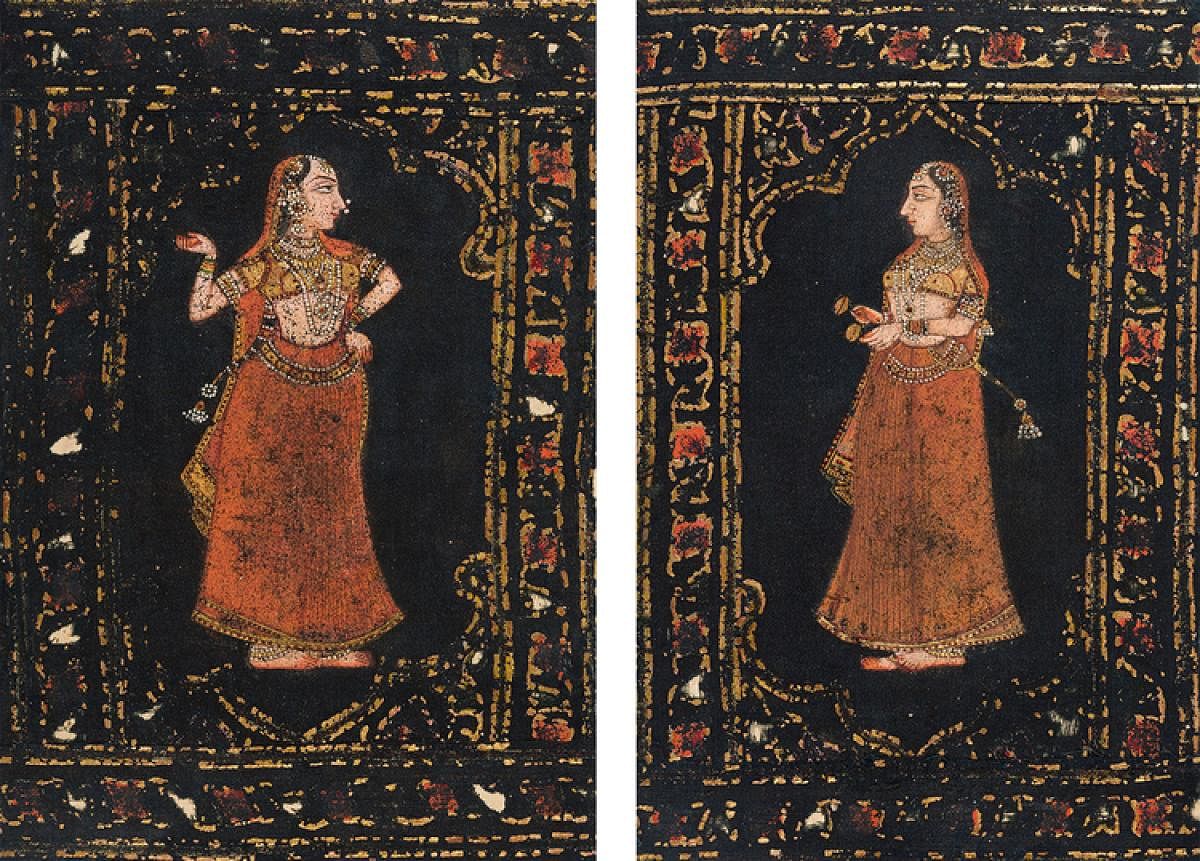Heritage, home delivered


UNESCO’s International Council of Museums states that about 90 per cent of the world’s museums are currently closed because of the Covid-19 pandemic. And nearly 13% of the museums around the world may never reopen.
Yet social media was abuzz with conversations about cultural heritage earlier this week as museums around the world held special events to mark International Museum Day, which fell on May 18. Covid-19 has been catastrophic for museums, but in some ways, it has
also pitchforked the sector into the future.
For museum professionals, the immediate concern from the sudden lockdown was for their collections. Manasi Prasad, Director of Bengaluru’s interactive music museum Indian Music Experience (IME) says, “Our first responsibility is for the physical safety of the priceless objects in our collections.”
Most of the musical instruments in IME’s vast collections are made of wood and so are more sensitive to environmental conditions. “Our staff undertake physical inspections of all the objects every few days. And we run our air conditioning for a few hours every day so that the temperature and humidity are controlled,” she says, adding, “even though this means our electricity bills are very high, and this when the museum is shut!”
The lack of visitors is a serious problem for museums that depend on ticket sales for their revenue. There are fears that several smaller private museums may shut down for several months if not permanently. Even museums that do not depend on ticket revenues are bracing up to face drastic reductions in funding, donations and CSR support.
Meanwhile, as the locked-down world turned to culture for comfort, museums turned to the internet to enable and encourage people to engage with their collections, even while they stayed shut. With talks and treasure hunts, workshops and walkthroughs, many museums are now successfully reaching out to and cultivating audiences digitally.
Digital future
Says Deepthi Sasidharan, Director of Eka Cultural Resources and Research, a Mumbai-based company that plans, creates and manages museums, “Everyone knew they needed to increase their presence online but it was something planned for say 2021 or 2022. Now, we’ve all jumped into a digital future.”
The Bhau Daji Lad Museum has been online since 2017 when it became Mumbai’s first museum to partner with Google Arts and Culture. With the lockdown, they have now become more active on social media platforms where they have talks, walkthroughs and interactive treasure hunts that invite you to participate and also to think.
The Mehrangarh Museum in Jodhpur regularly posts videos, talks and exhibitions on its social media platforms, all garnering hundreds of views. When Bengaluru’s Museum of Art & Photography started their Bouquet of Hope project a few days into the lockdown, hundreds of people from around the world contributed to the crowdsourced artwork online.
As popular as these online engagements are, everyone agrees that the virtual is but a poor substitute for the real. A visit to a museum can be a transformative, physical, intense, immersive engagement with the object, whether it is a 50-year-old painting or a 1,500-year-old sculpture.
Speaking of IME’s music classes which are now conducted virtually, Manasi
says, “I do believe there is something special about the physical interaction between a teacher and a student, but given the times, our 150 students are now learning music online.”
But there are also advantages of going online. A recent public event organised by IME, for example, featured a musician who lives abroad: In the digital medium, distances and geography do not matter, neither for artistes nor for participants.
Sasidharan gives an example of a recent online museum event which drew an audience of 700. “Otherwise, an event like that would draw an audience of about 50 people, many of whom would disappear after chai and samosa,” she quips.
The digital medium has also increased opportunities for collaborations. “There is an extraordinary amount of sharing that is happening now which would never have happened before Covid-19. People who would never pick up the phone are now meeting online,” says Sasidharan.
Such advantages of the online format ensure that at least some changes that museums are currently implementing are here to stay, including active engagement through social media. Meanwhile, like everyone else, the museum sector is gearing up for a future with masks, sanitisers and a fear of public spaces. The challenge is to draw people back but not too many and not all at once. Most private museums are considering online ticketing,
staggered time slots for visitors, sanitiser kiosks, disinfection protocols and other measures to ensure the safety of their staff and visitors, whenever they open.
As Manasi of IME says, “We need to build confidence in people that the museum is indeed a safe place.” When some European museums cautiously opened earlier this month, visitors reportedly enjoyed their visit, despite restrictions.
No matter what, culture can bring joy.
(The writer is the convenor of INTACH Bengaluru Chapter)
Deccan Herald is on WhatsApp Channels| Join now for Breaking News & Editor's Picks